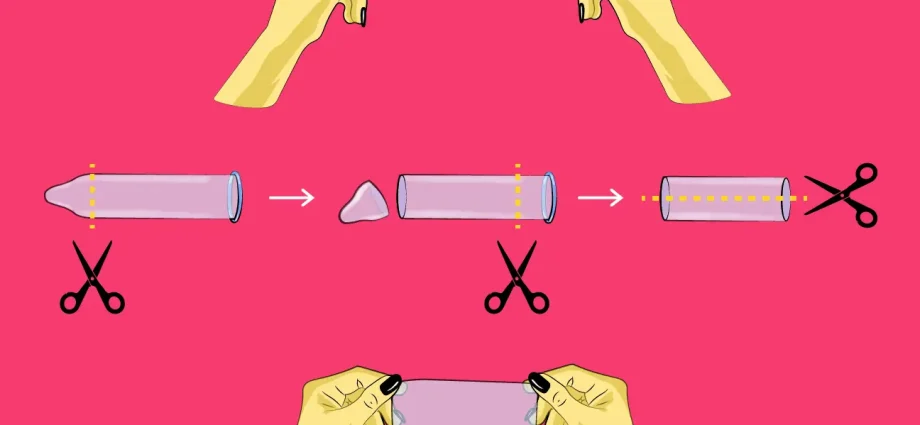Contents
A cofferdam is also known as a saliva dam. This device is used in dentistry to replace lignin rolls that are inserted between the teeth and gums to absorb excess saliva during dental surgery. The cofferdam allows to increase the hygiene and comfort of the dental procedure and saves the time of its implementation, because there is no need to replace the lignin rolls and dry the operating field.
What is a cofferdam made of and what does it look like?
The cofferdam is made of a rubber membrane – quite thin, usually latex rubber.
Dental dams are usually green or blue in color, but light, transparent and dark drooling devices are also available, which allow you to see the treated tooth well due to the contrast they provide.
The cofferdam is usually 15 x 15 cm or is in the form of a roll 12,5 to 15 cm wide.
The cofferdam can have different thicknesses – the thinner it is, the easier it is to put it on, but it also seals the teeth to a lesser extent.
How is a cofferdam used?
Before the dental procedure, the dentist cuts a hole in the cofferdam with a special punch and puts the cofferdam in such a way that the treated tooth, and sometimes also the adjacent teeth, pass through the hole. Then the doctor puts on a special clamp, which is adjusted to the size and shape of the tooth, and pulls a rubber membrane (saliva shield) over the frame around the patient’s mouth.
The cofferdam should be stretched so that it becomes almost transparent without tearing. There is a risk of tearing it with sharp tools – this is actually the only discomfort for the dentist.
During root canal treatment, a rubber dam should be placed so that only the treated tooth is isolated.
When treating cavities, the operating field should be wider, so the cofferdam is placed in such a way that the treated tooth and adjacent teeth protrude through the opening.
Before inserting the rubber dam, the dentist checks the interdental spaces with dental floss – places where the thread does not run smoothly can potentially cause the rubber dam to tear, so they should be gently sanded before the procedure.
The size of the dental dam tooth opening is also an important issue. Typically rubber dam perforators have 5 holes of different sizes. When isolating incisors, canines and premolars, select smaller holes. Larger holes are intended for molars. The largest hole is for the tooth on which the brace is placed.
Diffuser clamps with and without wings are available. The latter are first placed on the tooth, and then a droop is stretched around it.
Clamps with wings have tabs at the jaws, which are placed in the hole in the cofferdam, and then the saliva guide with the clamp is put on the tooth.
Buckles without wings are tried on directly on the tooth, in the case of buckles with wings, the buckle is removed after trying on.
Dental dam frames are most often U-shaped. They are made of metal or plastic.
Pads are placed under the cofferdam to absorb saliva, water and sweat. Their use is especially important in the case of patients allergic to latex.
The rubber dam should be stretched so that there are as few wrinkles as possible on it.
Clamping bands are used to stabilize the rubber dam.
When is a cofferdam used and what is it for?
Dental dam is a very useful solution used in various types of dental procedures.
A cofferdam allows you to create an aseptic barrier, keep the operating field dry, increases the visibility of the operating field and saves both the doctor and the patient time, because it is not necessary to constantly replace the soaked lignin rolls and then dry the operating field.
The cofferdam also protects the patient from accidentally entering the esophagus and trachea of pieces of dental instruments or materials used for filling.










